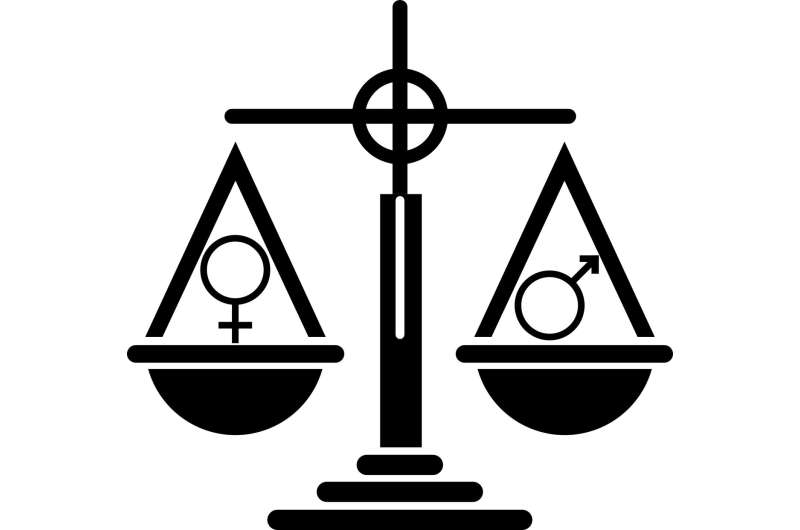Study finds gender bias in language prevalent, even for language experts

Gender bias has not changed in more than 20 years, even by language experts who are aware of the potential dangers of such prejudices, according to a study coauthored by Rutgers University-New Brunswick that examined textbooks used to teach undergraduates studying the scientific structure of language.
"There is a pressing need to revisit educational materials to prevent the perpetuation of implicit gender biases," said study co-author Kristen Syrett, an associate professor and undergraduate program director in the Department of Linguistics at Rutgers. "A move toward more inclusive language is urgent not just for linguists for the benefit of our field but more generally in a broader social context."
The study, published in the journal Language, looked at six textbooks published between 2005 and 2017 to determine if the selection and placement of words conveying a gender bias was similar to that seen in a study researchers had done more than 20 years ago.
What linguists—who study the structure of sentences to investigate grammar rules—found is that nothing has changed since the first study was done in 1997.
According to the data, male protagonists occurred almost twice as often as females in the textbooks and appeared in more prominent roles in stories or examples. Men were more likely to be portrayed as having stable occupations like a doctor or professor, handling books and spreading violence, whereas women were more likely to exhibit emotions, especially negative ones such as anger or unhappiness.
In the study, female-gendered arguments were more likely to be associated with physical (59.4 percent versus 54.3 percent) and emotional activities (17.3 percent versus 15.9 percent), while male-gendered arguments were associated with intellectual activities (11.9 percent versus 7.2 percent).
The findings suggest the pattern has continued to be prevalent in linguistics for decades, implicitly communicating an ingrained bias against women to undergraduate students who are learning about the study of language as a science.
The researchers say gender-inclusive content will open the doors for a more diverse body of linguists.
"The effects of gendered, sexist language pervasive among educators and media are not only observed in higher education. They are also documented in children as young as preschool and early elementary age," said Syrett. "A first step is to increase the number of examples with female, non-binary and gender-fluid protagonists and to remove stereotypical representations of all identities. It is crucial to accompany these changes with processes aiming to remove structural barriers supporting gender inequalities and others that go beyond the gender sphere."
The study's coauthors included researchers from Stony Brook University, Massachusetts Institute of Technology and the University of Toronto.
More information: Paola Cépeda et al, Gender bias in linguistics textbooks: Has anything changed since Macaulay & Brice 1997?, Language (2021). DOI: 10.1353/lan.2021.0061
Journal information: Language
Provided by Rutgers University




















